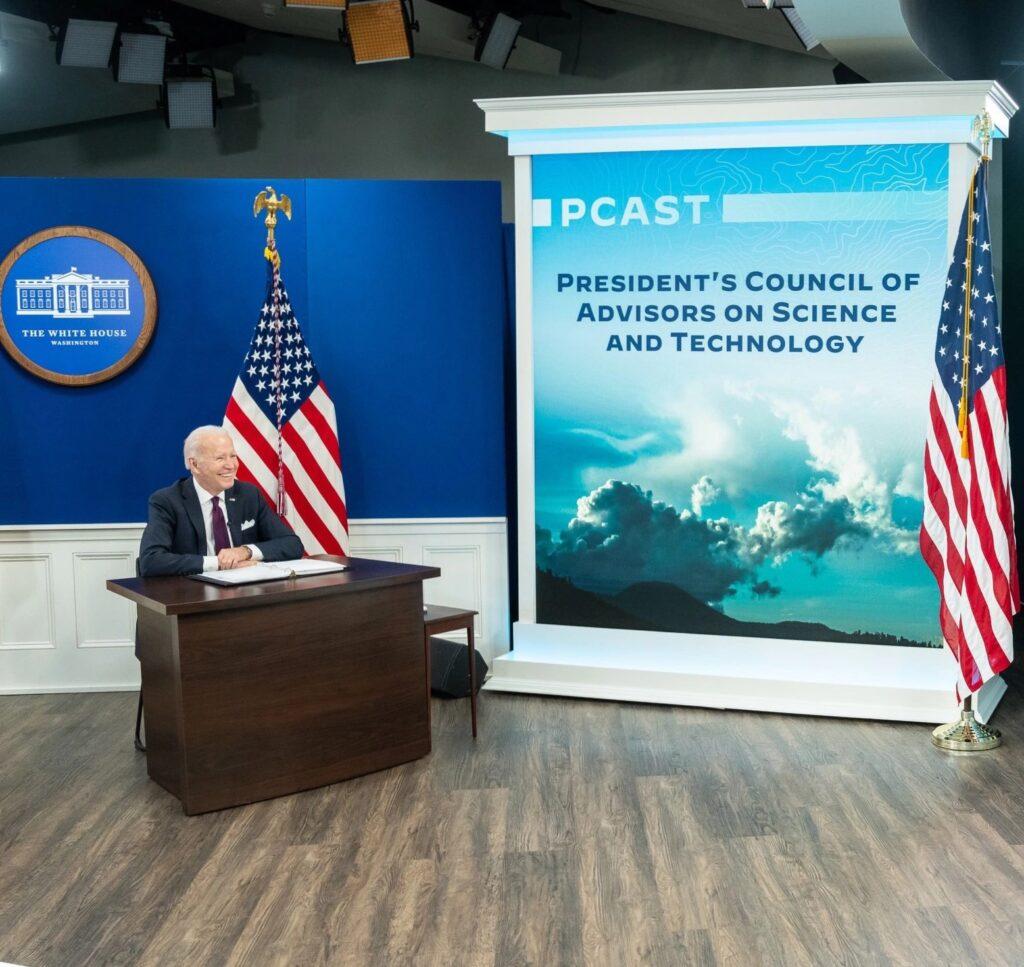The White House released on March 9 President Biden’s proposed congressional budget for the 2024 fiscal year, which highlights increased funding for science research and technology.
Although tax increases for the wealthy and over 800 billion dollars for defense spending received the most attention in news outlets like the New York Times and CNN, the proposal to increase funding for science research and technology points to an increased emphasis on the importance of scientific research, including on the university level, in the Biden administration.

The $210 billion proposed budget for science and technology would be divided between several different scientific agencies, including the National Science Foundation (NSF) and the National Institutes of Health (NIH). These funds would be available for in-house research done by the agencies and grants to external organizations, including Georgetown University. This money funds the many laboratories at Georgetown, which give students a chance to gain lab experience.
According to science and environmental policy professor David Goldston, many fields of scientific research compete to gain the funds provided by the President’s budget.
“A large portion of the money that the president is proposing to go to these agencies will be distributed on a competitive basis in response to solicitations in specific scientific fields,” Goldston told The Hoya.
The majority of the NSF’s proposed $11.3 billion budget would go toward extramural research, which is split into categories called directorates. These directorates, like the Directorate for Biological Sciences, are concerned with particular fields of science.
The directorates release solicitations for research they would like to see completed, and faculty from universities across the country apply for these grants. NSF grants are highly competitive, funding less than 10% of faculty research proposals. Organizations like the NIH and the Office of Science in the Department of Energy operate similarly.
Most of the funding President Biden is hoping to allocate will be going towards universities around the country, according to Goldston.
Some funds, however, will go toward the development of STEM curricula at all education levels. The NSF directed $1 billion in 2022 to STEM education out of its $8.8 billion total budget, whereas the 2024 request from Biden includes $1.4 billion to universal STEM education goals out of a $11.3 billion budget.
The impact of federal funds on research at Georgetown cannot be overstated, according to Georgetown physics professor and Director of the Institute for Soft Matter Synthesis and Metrology Emanuela Del Gado, whose research focuses on the mechanics and structure of cement gels and is funded by three NSF grants.
“I would not be able to do the research I want without federal funds, as Georgetown has some internal grants and funding opportunities but they are extremely limited,” Del Gado told The Hoya.
Federal funds also allow for increased collaboration between institutions.
“Two NSF grants fund two different collaborations each with other institutions: the opportunity to combine competences, backgrounds and perspectives, across different institutions, is absolutely crucial for science, in my view, for both the research and the education effort that those grants support,” Del Gado said.
Other Georgetown professors, like biology professor Leslie Ries, are working hard to make use of their awarded federal funds. Ries’ research on butterflies has received almost $3 million in funding through grants in the past 10 years, and her lab just received an $800,000 multi-year grant.
Similarly, Del Gado, along with Professors Daniel Blair and Jeffrey Urbach, recently received a three-year grant from the NSF totaling $691,996 to continue their research on colloidal gels. The three Georgetown professors hope to better understand the correlation between the properties of component particles and gels, with the aim of contributing to bio-manufacturing such as 3D-printing organs.
Federal money, however, does not just benefit professors.
Grant money can be used to hire post-doctoral researchers and graduate students in addition to bringing more undergraduate students into research labs. This provides them with the experiences they need for careers in their respective fields.
Biden’s proposed budget will help students like Vaughn Shirey, a biology PhD candidate working in the Ries Butterfly Lab. Shirey is a part of the NSF Graduate Research Fellowship Program, which provides a three-year stipend for graduate researchers to pursue advanced degrees. Shirey is writing his thesis on butterfly responses to climate change.
“Without the support from NSF, I would not be as productive as I have been in my research career and it has opened many doors for me with respect to fieldwork, museum work, and meeting colleagues from across the world,” Shirey told The Hoya. “My NSF-funded research has allowed me to collaborate closely with top scientists in my field and has led to me starting a postdoctoral position this summer at the University of Southern California.”
These increased funds for agencies like the NSF will undoubtedly have an impact on science research at institutions like Georgetown and beyond.








